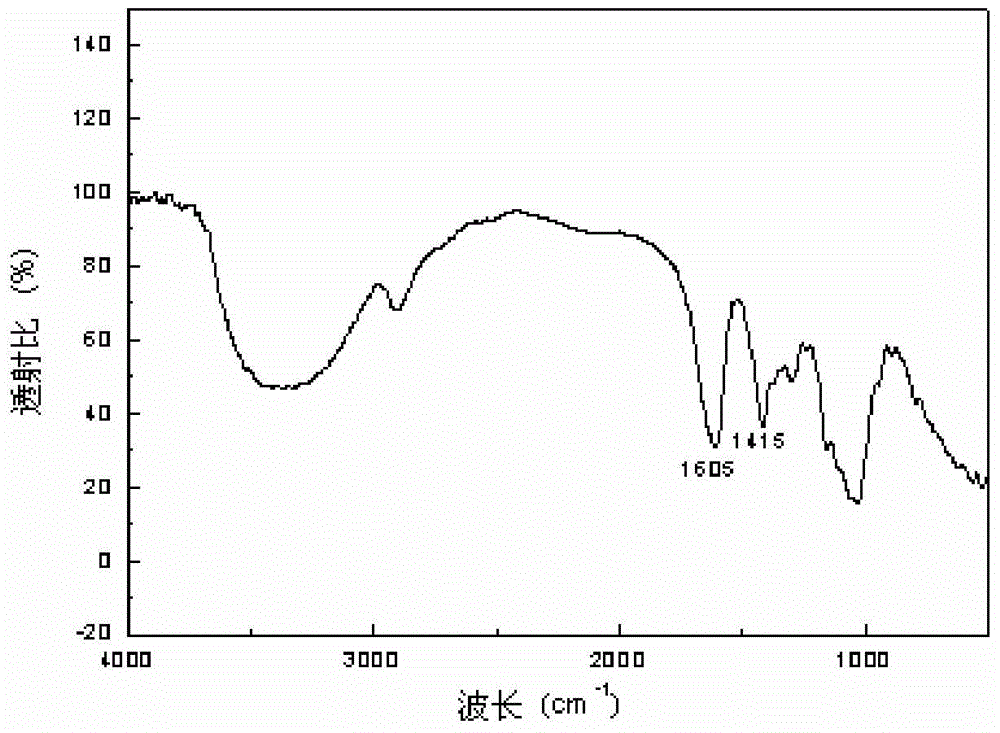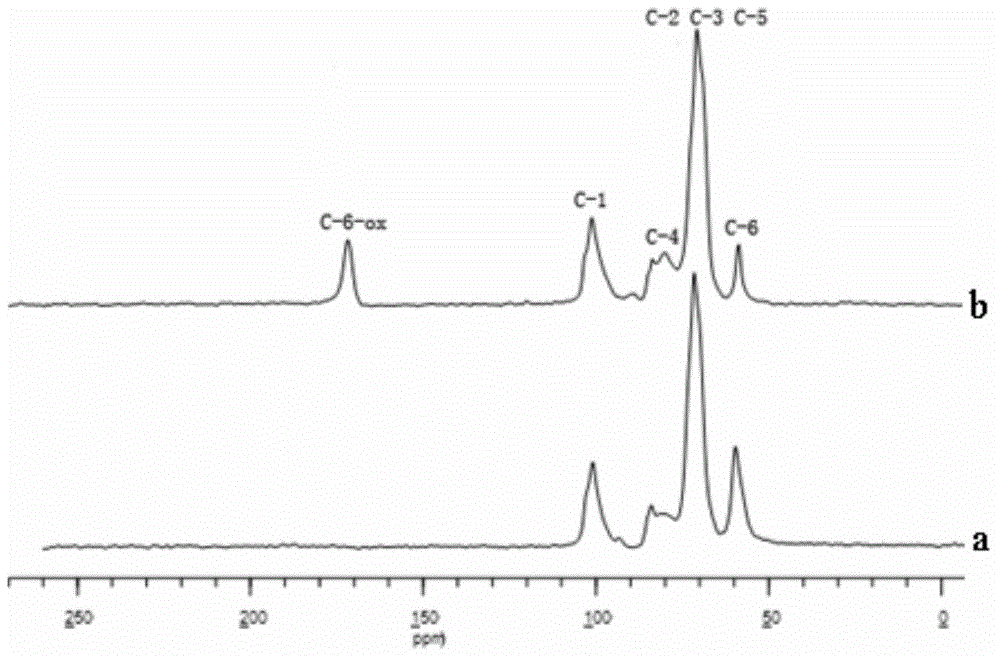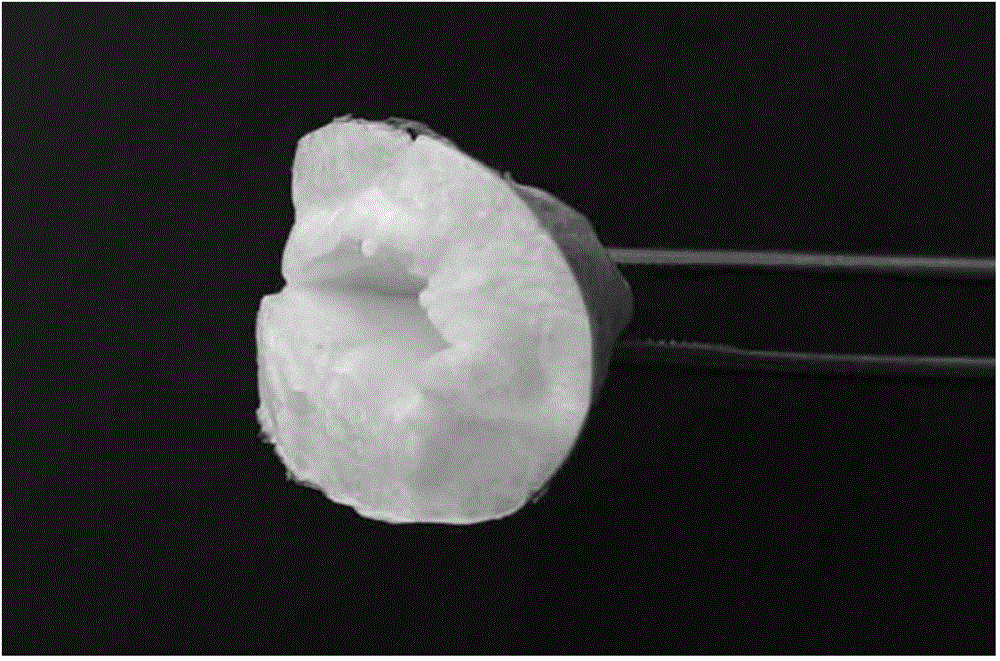Method for preparing modified regenerated cellulose/alginate hemostatic composite material
A technology of regenerated cellulose and regenerated cellulose sodium, applied in the field of biomedical composite materials, can solve the problems of low mechanical strength and stability, unsatisfactory hemostatic effect, etc., to promote the formation of prothrombin activator and improve the structural integrity Sex, the effect of accelerating the process of hemostasis
- Summary
- Abstract
- Description
- Claims
- Application Information
AI Technical Summary
Problems solved by technology
Method used
Image
Examples
specific Embodiment approach 1
[0018] Embodiment 1: The preparation method of the modified regenerated cellulose / alginate hemostatic composite material in this embodiment is carried out according to the following steps:
[0019] 1. Preparation of oxidized regenerated cellulose sodium / sodium alginate aqueous solution: mix oxidized regenerated cellulose sodium and sodium alginate powder with a mass ratio of 1 to 6:9 to form the total mass concentration of oxidized regenerated cellulose sodium and sodium alginate It is a 1.5-5% blend solution, stirred at 30-50°C until uniformly mixed to obtain a mixed aqueous solution of oxidized regenerated cellulose sodium / sodium alginate;
[0020] 2. Forming of hemostatic composite material: Pour the mixed aqueous solution of oxidized regenerated cellulose sodium / sodium alginate into the mold, pre-freeze at -10℃~-20℃ for 40-20 hours, and place the mold in a freeze dryer after the pre-freezing is completed In the process, under the conditions of temperature of -56°C to -20°C...
specific Embodiment approach 2
[0022] Embodiment 2: The difference between this embodiment and Embodiment 1 is that in step 1, oxidized regenerated cellulose sodium and sodium alginate powder are formulated into a blend solution in a mass ratio of 2:9. Others are the same as in the first embodiment.
specific Embodiment approach 3
[0023] Embodiment 3: The difference between this embodiment and Embodiment 1 or 2 is that in step 1, stir at 40°C until the mixture is uniform. Others are the same as those in the first or second embodiment.
PUM
 Login to View More
Login to View More Abstract
Description
Claims
Application Information
 Login to View More
Login to View More - R&D
- Intellectual Property
- Life Sciences
- Materials
- Tech Scout
- Unparalleled Data Quality
- Higher Quality Content
- 60% Fewer Hallucinations
Browse by: Latest US Patents, China's latest patents, Technical Efficacy Thesaurus, Application Domain, Technology Topic, Popular Technical Reports.
© 2025 PatSnap. All rights reserved.Legal|Privacy policy|Modern Slavery Act Transparency Statement|Sitemap|About US| Contact US: help@patsnap.com



